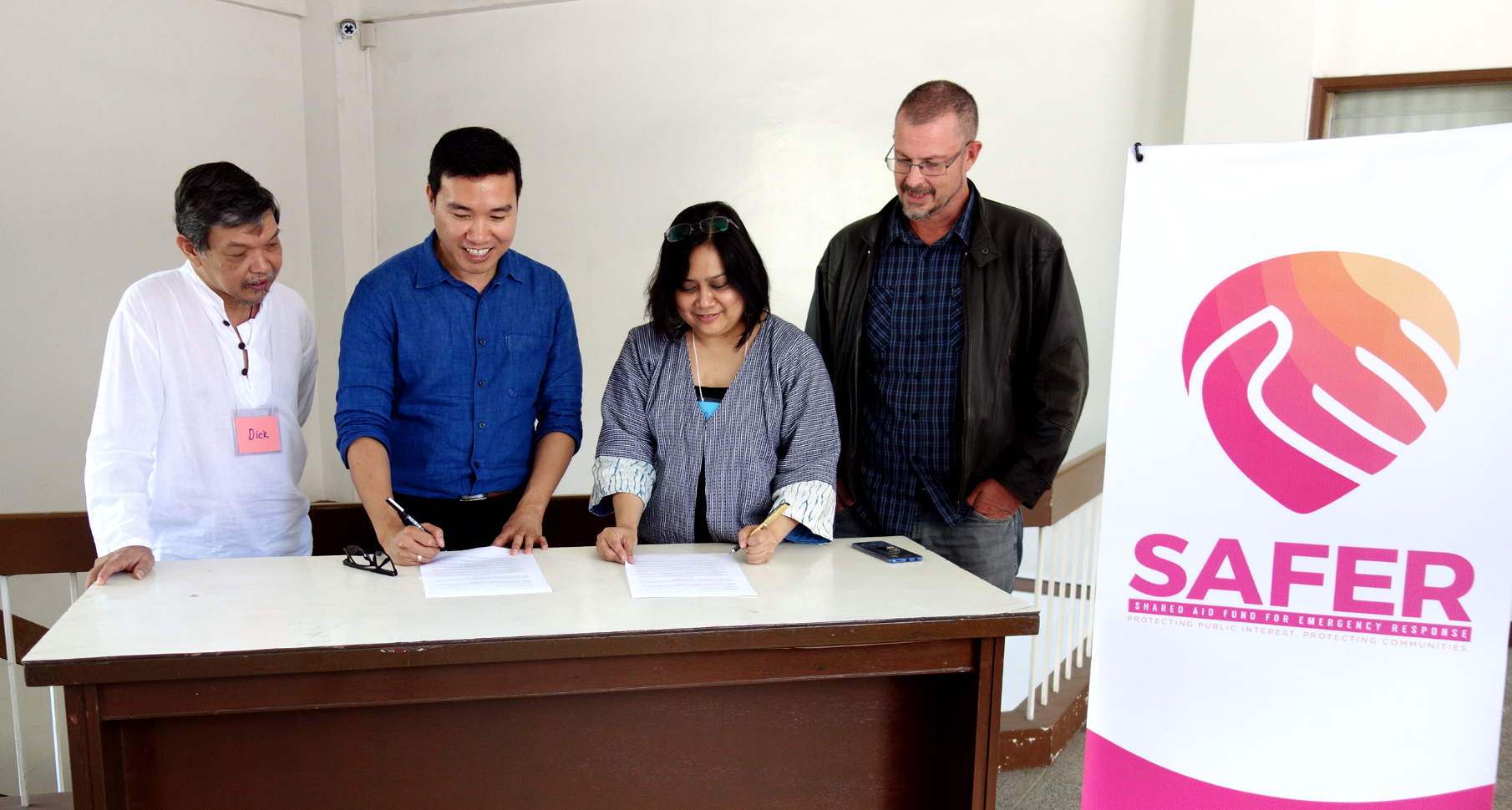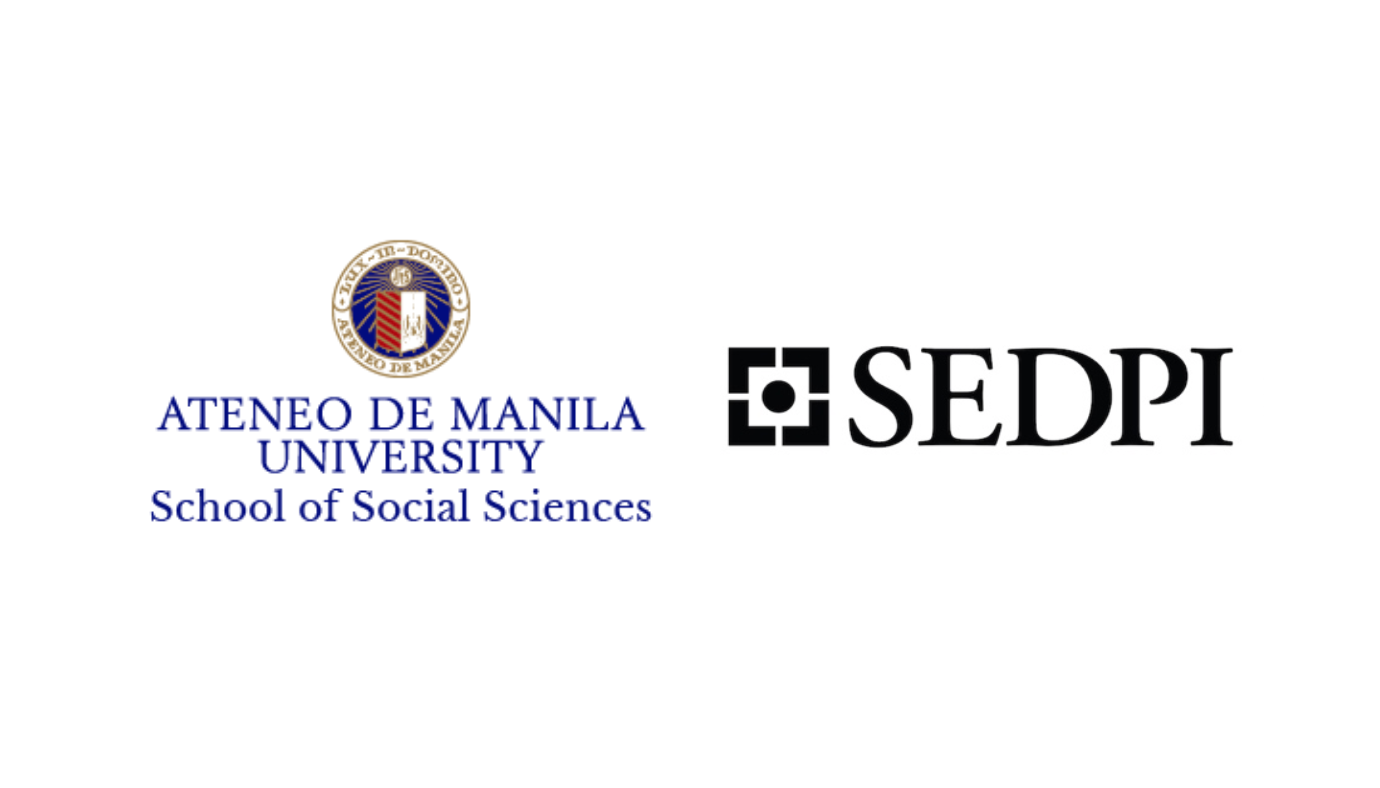Author: Mariel Vincent Rapisura
-

Vince Rapisura is SAFER Foundation’s first brand ambassador
Quezon City –Financial Wealth Expert and Host of Usapang Pera Vince Rapisura signed a contract with SAFER Foundation last February 19, 2019 to become its first official brand ambassador. Also present during the event are SAFER Board member Benedict Balderama (Executive Director, PHILSSA), Executive Committee Members Roselle Rasay (Executive Director, CODE-NGO) and Kevin Lee (Convenor, HRC). As a DRRM and development practitioner,…
-
Maria Cecilia Concepcion
Cecilia Concepcion earned a degree in Management and minors in Literature (in English) and Enterprise Development from Ateneo de Manila. In her years in the University, she participated in various organizations such as AIESEC and Ateneo Special Education Society (SPEED). In AIESEC Ateneo, she had the opportunity of creating and eventually leading Project Asenso, a…
-
Changing mindsets: Teaching financial literacy to OFWs in HK
Many overseas Filipino workers face problems with loans. A program for OFWs in Hong Kong is helping change that. By: David Lozada HONG KONG – In a crowded street in central Hong Kong, overseas Filipino workers (OFWs) line up in front of pawnshops and loan agencies. The crowd starts to thicken even before the offices…
-
Financial planning for overseas Filipinos
For many Filipinos, the lure of working overseas is plain and simple: money. A higher take home pay enables them to provide their family with a better life. Earning in terms of a stronger currency allows the overseas Filipino to buy more pesos. In 2015, the number of overseas Filipino workers (OFWs) was estimated at…
-
‘Emotions preventing OFWs from financial success’
By: David Lozada A financial expert says many overseas Filipino workers send most of their earnings to their families – and fail to save for themselves – because they feel emotions such as guilt and shame HONG KONG – What emotions are preventing overseas Filipino workers (OFWs) from achieving financial success? What needs to change?…
-
PALFSI’s Inspiring Road to Recovery
by Angelo Naidas People’s Alternative Livelihood Foundation of Sorsogon, Inc. (PALFSI) started its microfinance operation in 1997, servicing the rural areas of Sorsogon. By 2003, the organization experienced growth with outreach of 10,000 clients in 15 municipalities in the province of Sorsogon. In 2005, PALFSI partnered with Ayudahan Livelihood Foundation of Zamboanga (ALFZI). The two…
-
Public-Run Versus Customized Trainings in MFIs
By Carlo Niño Yacob Organizations regularly include capacity-building in their development plans. This have become an essential human resource strategy because it aims to improve, if not sustain, the level of knowledge and skill needed by its employees in the performance of their functions. In the case of microfinance institutions, capacity-building interventions are done mainly…
-
ARDCI Celebrates 17th Founding Anniversary
By: Bea Arnela Agricultural and Rural Development for Catanduanes, Inc. (ARDCI) recently celebrated its 17th founding anniversary last September 11, 2015. The festive day started with a Thanksgiving Mass and was followed by a colorful parade around the town of Virac. Hundreds of ARDCI members gathered in the Virac Sports Complex to join the fun-filled…

